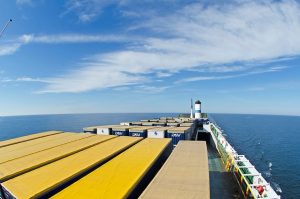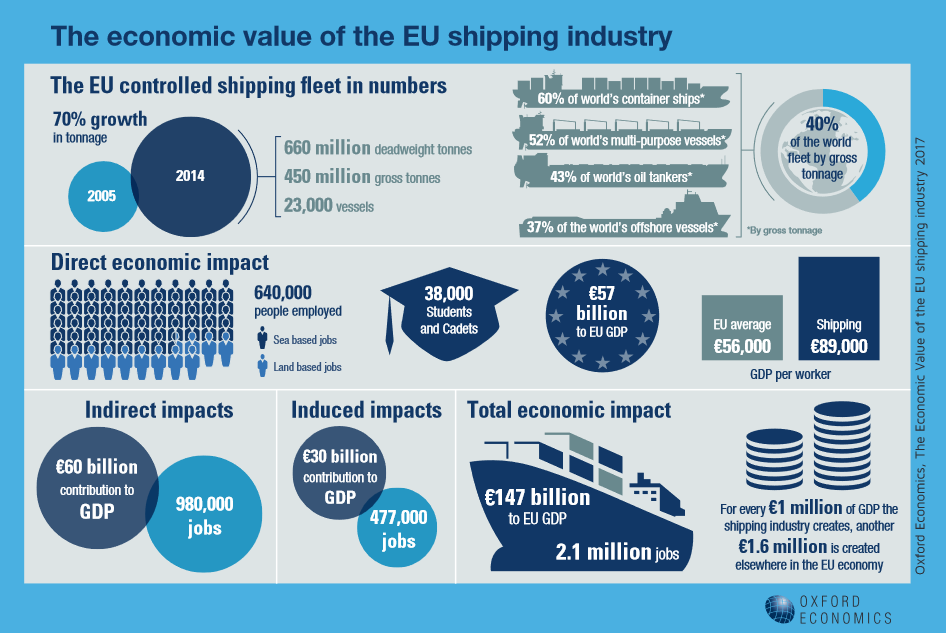Key figures of maritimetransport in Finland
The majority of Finland’s foreign trade goods are transported by sea.
According to Statistics Finland, the total volume of international maritime transport in 2024 was 86.1 million tonnes. The volume of transport decreased by 1.3% compared to 2023. Exports declined by 3.4% to 40.8 million tonnes, while imports remained at the previous year’s level at 45.3 million tonnes.
The most transported goods in international maritime traffic were general cargo, oil products, and crude oil, which together accounted for 43% of all shipments. The most imported goods were crude oil, general cargo, and oil products, while the most exported were general cargo, oil products, and paper. Compared to 2023, the biggest changes occurred in crude oil imports, which decreased by 13%, and oil product imports, which increased by 22%.
Measured by the volume of goods transported, the largest port in 2024 was Sköldvik, through which 19.4 million tonnes of goods passed, mostly oil products and crude oil. The next busiest ports were Helsinki, HaminaKotka, Raahe, and Rauma.
Of the imported goods in international maritime traffic, 49% came from ports in the Baltic Sea region and only 10% from ports outside Europe. Of the exported goods, 54% were shipped to Baltic Sea ports and 16% to ports outside Europe. In total, the highest volume of maritime transport in 2024 was between Finland and Sweden, amounting to 13.5 million tonnes. The largest volume of imports came from Norway (9.2 million tonnes), and the largest volume of exports went to Germany (8.0 million tonnes).
In 2024, the number of passengers in international maritime traffic increased by 0.5% compared to 2023. A total of 13.5 million people were transported in passenger traffic. Of the passengers transported by sea, 97% traveled on routes to Estonia and Sweden. Between Finland and Estonia, 7.5 million passengers traveled, and between Finland and Sweden, 5.6 million passengers. Between Finland and Germany, 0.2 million passengers were transported.
You can find more statistics from Statistics Finland.

Import and Export
- Over 95% of Finnish import and export is transported by sea.
- The passenger ships transport up to 50% of piece goods imports and 60% of exports.
- Passenger ships transport 31% percent of total export and 26% of total import to Sweden
- 90% of export and import to Estonia is transported by passenger ships.
Emissions from seafaring
- The international maritime organization IMO has decided to cut greenhouse gas emissions from shipping by 50% by the year 2050.
- The shipping industry, including the Finnish Shipowners, have a goal of achieving net zero emissions by the the year 2050.
- 90% of goods worldwide are transported by sea and they produce 2,6% of emissions.
- The carbon oxide emissions of a large containership are 3g/tkm.
- The carbon oxide emissions of a cargo ship are 7,7 g/tkm.
- Respectively the emissions per plane are 435 g/ tkm and 80g/tkm per lorry.
European Key Figures

Source: ECSA
Tiina Tuurnala
CEO
Tiina Tuurnala is the Chief Executive Officer of the Finnish Shipowners’ Association.
+358 40 5476762
tiina.tuurnala@shipowners.fi